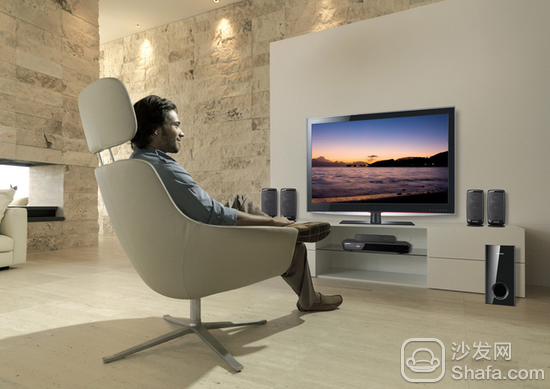
In the United Kingdom, although the number of viewers watching TV programs via mobile phones, tablets, and PCs is less than 10%, one phenomenon is that the audience around the TV is rapidly losing.
Todd Yungle, a senior analyst at Bernstein Research, said that this decline is "vigilant" and "unprecedented."
According to data recently published by the Broadcasters' Audi Study Board (BARB), British children’s time to watch TV has dropped by 22% since 2010. The age of 35 to 54-year-old adults watching live TV dropped by 11%. Only the audience of the oldest audience (over 55 years of age) watching live-TV is relatively unaffected, only falling by 2% in four years.
Last fall, TV broadcast executives sounded alarms. At the time, Viacom, 21st Century Fox Films, Comcast, and Walt Disney Company began to report that certain channels had decreased advertising revenue.
TV industry structural changes
The drop in ratings is making the giants in the industry unable to do anything. An analysis of Nelson's data by Moffat Neesanson Research shows that Viacom's ratings have fallen significantly, with the number of viewers in the fourth quarter decreasing by 18%.
Viacom’s profits have been stable, but Chief Executive Officer Philip Doman said at the company’s recent investor conference call that the audience’s habits have changed significantly. “We are making profound changes in this industry. This is not a secret. ."
Jeff Bix, CEO of Time Warner Cable, which owns TV channels such as CNN and HBO, recently said that TV is "in the long-term transition to customized consumption." He is referring to the popularity of paid services such as Netflix. This prompted television channels such as HBO and CBS (CBS) to launch their own online programs.
Viacom insists that young people are still watching the company's programs, but in different ways.
Yungle believes that TV is undergoing a "structural" change from an advertising-supported television company to a streaming video service. He warned: "I don't think those audiences will come back."
Old platform to find new models
There are YouTube videos to watch, Instagram social networking sites to share pictures, Facebook, Snapchat (photo sharing applications) and other social media to explore. The young generation of Americans who used to television for entertainment gradually turned their attention elsewhere.
They began to watch customized programs such as Netflix, Hulu (American video site) and British Broadcasting Corporation (BBC) iPlayer (podcasting service), while turning off "linear" television, that is, watching fixed channels at a fixed time. This change is not dramatic, but it has begun to be reflected in the quarterly reports of some large media companies, and investors have begun to notice this phenomenon.
At the same time, advertising company executives said they are following consumers and expanding the definition of television itself, including custom viewing, streaming video and digital video.
Admir Kassa'e, chief creative officer of Everest Advertising Co., Ltd., a subsidiary of Macronium Group, said: “The old media platform called TV still exists and is very powerful. If you want to raise awareness and expand your audience, you should use this platform. However, the way people interact with content is changing, especially young people. We must choose carefully to reach audiences in an appropriate way.â€
Ads are temporarily unaffected
The viewers watching the BBC soap opera “Eastern Region†recently had 3 million more than usual. However, this unusual success is not likely to break the trend of the decline in live TV ratings in the UK, as viewers have turned to Netflix, DVDs and chasing services.
The question now is whether advertising revenue will decline.
Surprisingly, although the ratings were declining, the advertising sales of broadcast and television companies began to pick up.
The share price of ITV (ITV) reached its highest point since the Internet economy boomed. Advertising revenue in the first nine months of 2014 increased by 6% compared to the same period last year.
The secret to this phenomenon is that the reduction in television viewers may instead increase the price of television advertising. The brand wants its own advertisements to be seen by television viewers at certain times, because it will make it more difficult for viewers to see advertisements, and their costs will increase. .
Tobe Saffert, an analyst with the Enders Company, a UK market research agency, said: “The main reason for preventing the industry from disintegrating is that most people want to see content produced by big TV companies.â€
Recommended installation sofa butler, download address: http://app.shafa.com/
